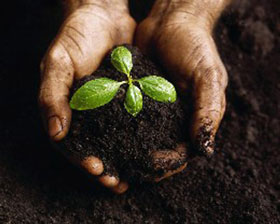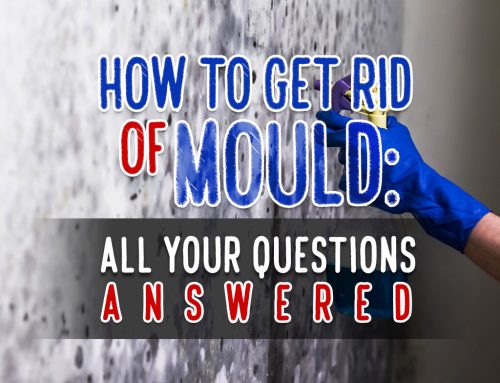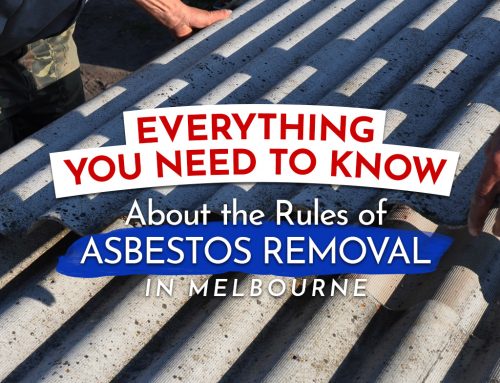Soil is an important component in our daily living on Earth. But once chemicals or any kind of harmful substance gets spilled or comes in direct contact even through water, then soil contamination can have a terrible effect in all of its surroundings and soil remediation will be required. Through the ever-changing technology of our times, soil remediation has now become faster, easier and more efficient.
Soil Contamination and Its Causes
Soil contamination can be caused by different things. In its most basic sense, this usually happens when chemicals or any kind of unnatural substance affects the soil negatively. This includes asbestos, harmful insecticides and pesticides, petroleum hydrocarbons, chlorinated solvents, and even pollutants. It could also be a result of unmaintained wastes from landfills or when any dangerous is spilled on its surface. These man-made chemicals can potentially destroy or alter the natural components of a very healthy soil. They can be connected to the soil particles physically or chemically, as they can be directly contaminate it or through water.
Effects on People and the Environment
● Plants – With plants and trees being in direct contact with the soil, they are the first ones to be greatly affected by soil contamination. Instead of getting the nutrients they need to grow from a very healthy soil, their roots are forced to take up the contaminated chemicals.
● Animals – As a cycle, animals who then eat a contaminated plant can be negatively affected by a contaminated soil as well. However, not only through food intake but also something as simple as inhaling or touching contaminated soil can lead to some harm.
● Humans – Like animals, people who eat food from a plant or animal that has been contaminated can also affect me. Even touching or simply inhaling this bad kind of soil can lead to some alarming chronic disorders, depending on how much you’ve been exposed.
Soil Remediation and Its Process
In order to get rid of the contaminants affecting the soil, remediation is needed for it to go back to its natural healthy state. Also known as environmental remediation, different strategies can be applied into purifying a once contaminated soil. Some of the strategies include:
● Soil scrubbing
● Chemical fixing
● Encapsulation
● Stabilisation
● Thermal Desorption
● Phytoremediation (using plants) or,
● Mycoremediation (using fungus)
Since asbestos is one of the most well-known substances that contaminate the soil, professional asbestos removal services offered around in Melbourne also take responsibility on soil remediation. Just always make sure that everyone’s health and safety should be the number one priority when it comes to any kind of task that may affect your environment.





